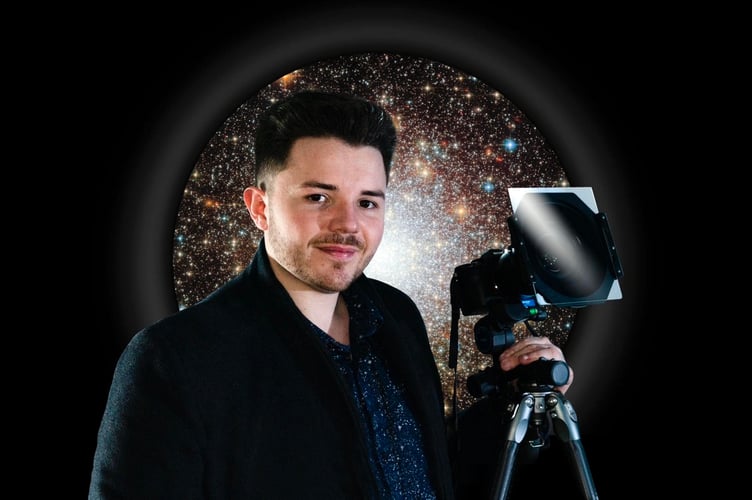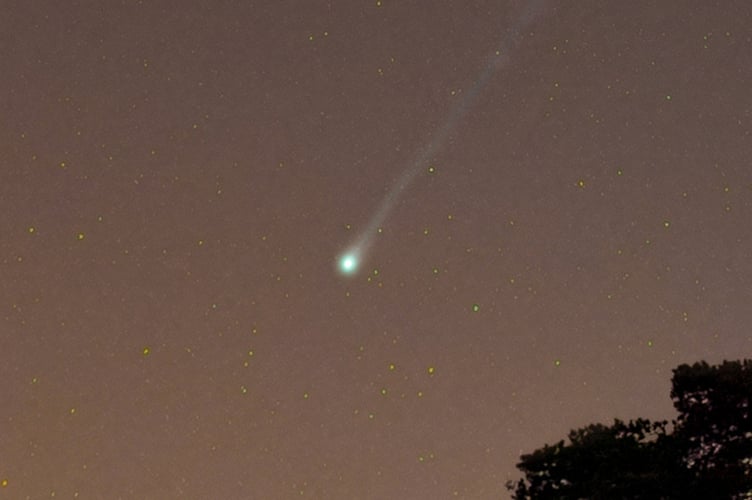A PHOTOGRAPHER has captured a jaw-dropping image of a Halley-type comet over Somerset.
Josh Dury, 26, shot 12P/Pons–Brooks on March 6 and also managed to get the Andromeda galaxy in the frame.
The landscape astrophotographer took the picture from Compton Martin in the Mendip Hills, in Somerset.
12P/Pons–Brooks is one of the brightest known periodic comets, with an orbital period of 71 years, whereas Halley's Comet is visible from Earth every 75–79 years.
Josh has described comets as “fascinating subjects” and said it was a challenge to capture in a photograph.
Josh said: "This image was not an easy one to capture on so many levels. The amount of times having to move around to capture a composition I was satisfied with eventually paid off.
"What opened my eyes with this photo is the amount of light pollution visible from my homelands. I am aware The Mendips sits on the Bortle Scale between 3/4.
"Even with the surrounding skyglow of Bristol and Weston-Super Mare, the comet was visible, but not impossible to tease out those finer details.

Josh added: "Comets are fascinating subjects. Ancient, icy visitors to the Solar System; and to be greeted with clear skies has been such a treat.
"Not only was it possible to capture distortions in the comets ‘ion’ tail from the Sun’s ‘solar wind’, it appeared close to the Andromeda Galaxy (M31).
"It just shows the universe never stands still in visualising the depth of the universe."
Sky watchers will be on the lookout for 12 P/Pons-Brooks as it is predicted to brighten throughout March, and may even become visible to the naked-eye.
The Andromeda Galaxy is a large spiral galaxy located about 2.537 million light-years from Earth in the constellation of Andromeda. It is the nearest spiral galaxy to the Milky Way, making it one of the most studied galaxies by astronomers.
The galaxy is visible to the naked eye from Earth under dark sky conditions and appears as a fuzzy patch of light.
According to Nasa, Halley is often called the most famous comet because it marked the first time astronomers understood comets could be repeat visitors to our night skies. Astronomers have now linked the comet's appearances to observations dating back more than 2,000 years.
Halley was last seen in Earth's skies in 1986 and was met in space by an international fleet of spacecraft. It will return in 2061 on its regular 76-year journey around the Sun.




